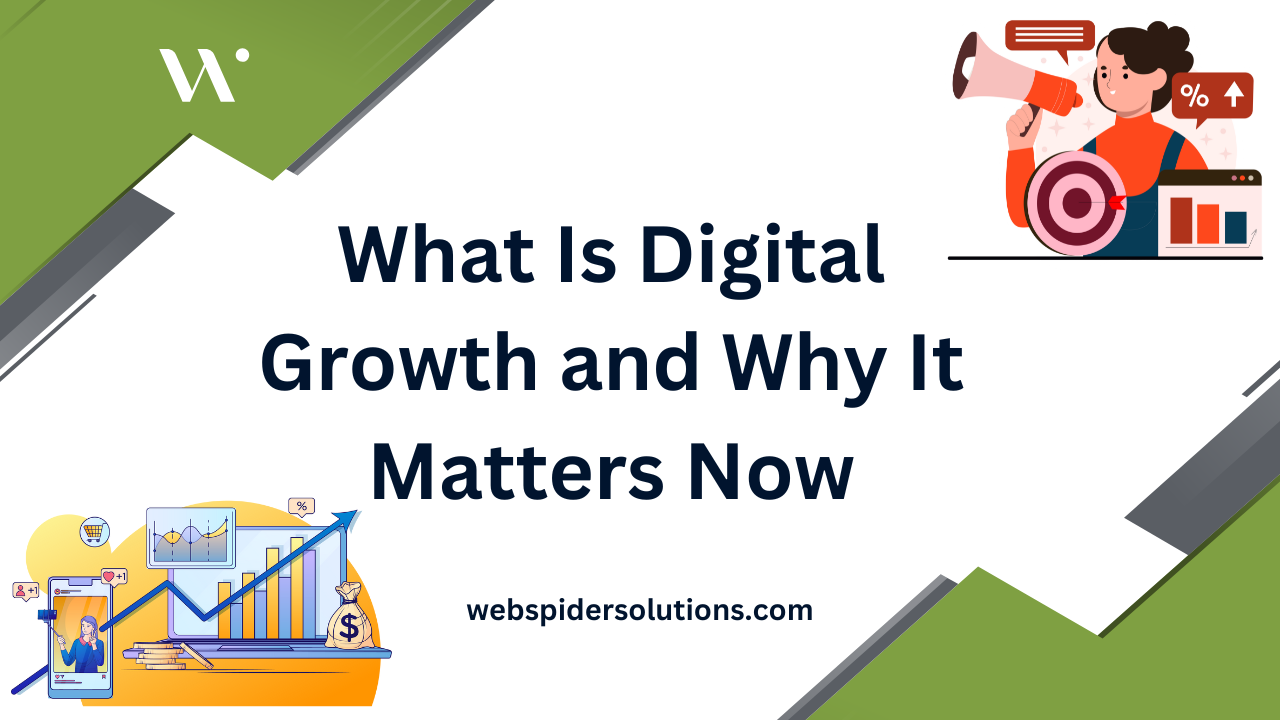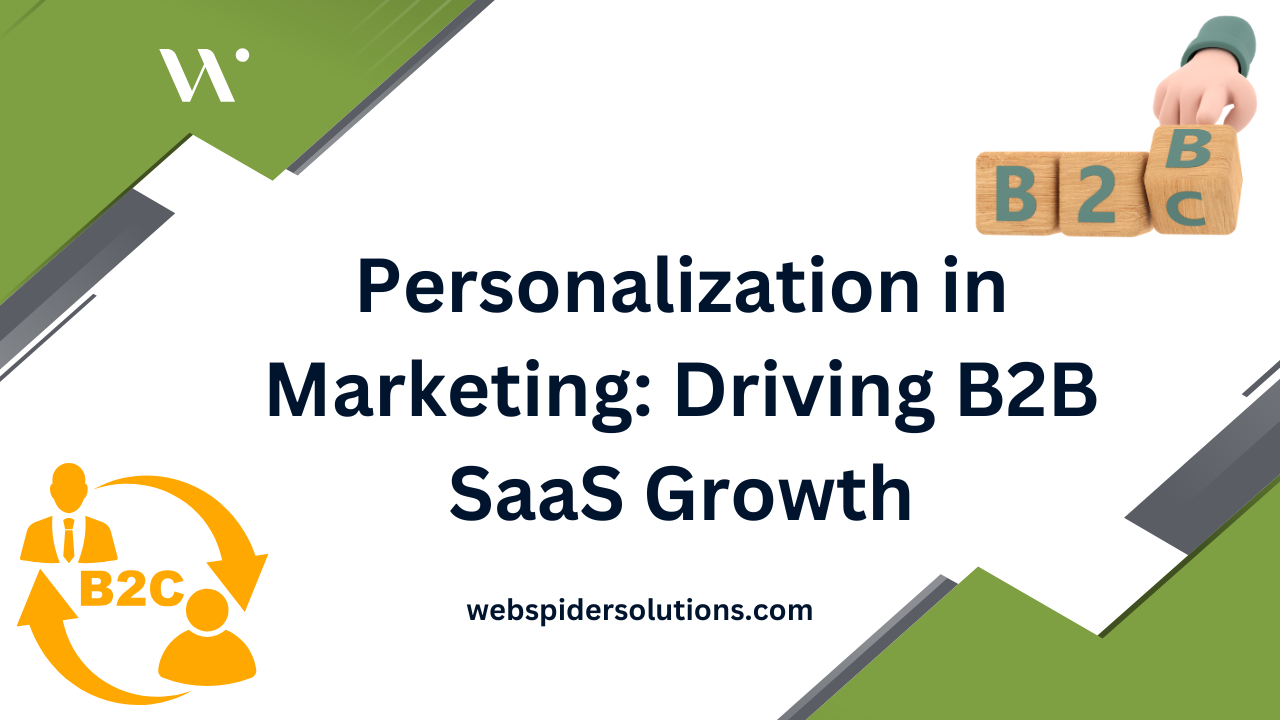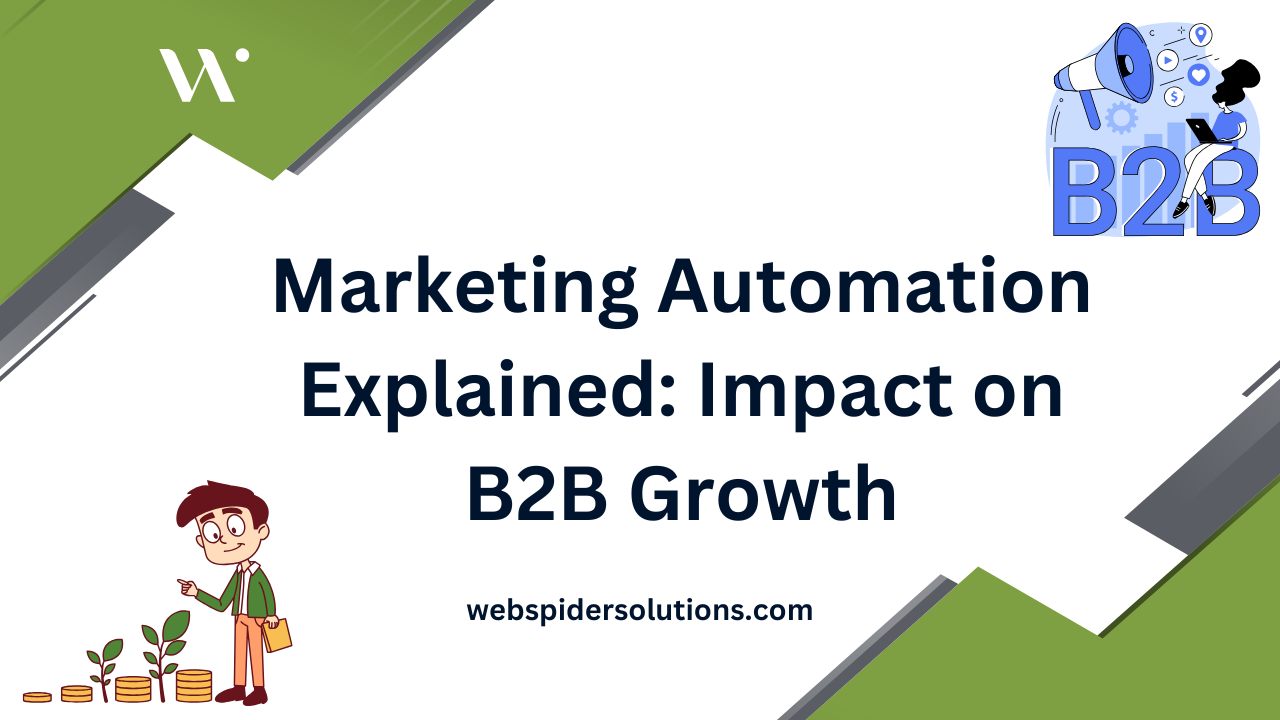Building a strong online brand goes way beyond just having a recognizable logo or slick website. Most people think visual design is the secret, yet studies show that brands who build emotional connections through their values and storytelling see a 23 percent increase in customer loyalty. The real power move is crafting a brand identity that feels human and genuine, not just polished. Ready to find out what truly sets standout brands apart in 2025?
Table of Contents
- Defining Your Unique Brand Identity Online
- Strategic Content And Social Media Presence
- Leveraging Trust And Online Reputation
- Measuring And Adapting Your Brand Strategy
Quick Summary
| Takeaway | Explanation |
|---|---|
| Define your brand identity clearly | Establish a compelling narrative that communicates your organization’s values and unique offerings. |
| Maintain consistent brand voice and visuals | Ensure all digital touchpoints reflect a unified voice and aesthetic that resonates with your audience. |
| Engage authentically on social media | Foster trust by responding to comments and engaging in conversations with your audience. |
| Invest in online reputation management | Proactively monitor and manage your digital presence to enhance trust and customer loyalty. |
| Regularly measure and adapt your strategy | Continuously assess brand performance and evolve strategies based on analytics and market feedback. |
Defining Your Unique Brand Identity Online
Building a strong online brand requires more than just a logo or catchy tagline. It demands a strategic approach to crafting a distinctive digital persona that resonates with your target audience. Brand identity goes far beyond surface-level aesthetics. It represents the core essence of your organization communicating your values, personality, and unique value proposition across digital platforms.
The Psychological Foundation of Brand Identity
Understanding brand identity starts with recognizing its psychological underpinnings. Research from ResearchGate reveals that successful digital brands create deep emotional connections by transparently communicating their core values. Consumers no longer just purchase products. They invest in brands that align with their personal beliefs and aspirations.
This means your online brand must tell a compelling story. What makes your organization unique? What problem do you solve? How do you approach challenges differently from competitors? These questions form the narrative foundation of your digital identity.
Developing a Consistent Brand Voice and Visual Language
Consistency becomes your most powerful branding tool. Every digital touchpoint – from social media posts to website content – should reflect a unified voice and visual language. This doesn’t mean being monotonous. Instead, it means creating a recognizable framework that allows flexibility while maintaining core brand characteristics.
Visual elements play a critical role in this process. Color schemes, typography, imagery, and design elements should work harmoniously to communicate your brand’s personality. A tech startup might use sleek, minimalist designs with cool blues and grays. A wellness brand might choose warm, organic colors and softer typography.
Strategic Differentiation in a Crowded Digital Space
In an increasingly saturated digital marketplace, differentiation is not optional. Your brand must carve out a unique positioning that sets you apart. This involves deep market research, understanding your target audience’s pain points, and developing a distinctive approach to solving their challenges.
Consider creating a comprehensive brand strategy guide that outlines your brand’s core principles, communication style, and visual guidelines. This internal document ensures that every team member understands and can authentically represent your brand across various digital platforms.
Remember that your online brand identity is a living, breathing entity. It should evolve with market changes, audience feedback, and your organization’s growth. Regular audits and refinements will help you stay relevant and engaging in the dynamic digital landscape.
Strategic Content and Social Media Presence
In the digital era, a robust social media presence is no longer optional for businesses seeking to build a strong online brand. Strategic content and social media management have become critical components of successful digital marketing strategies, enabling organizations to connect directly with their target audiences and establish meaningful relationships.
Platform-Specific Content Strategies
Research from SAGE Open reveals that different social media platforms demand unique content approaches. A study analyzing customer engagement across TikTok, Instagram, and Twitter demonstrated that short-form video content generates the highest interaction rates. This means businesses must develop platform-specific strategies that leverage each channel’s unique strengths and audience preferences.
For instance, TikTok thrives on creative, quick-paced videos that capture attention within seconds. Instagram demands visually stunning imagery and curated storytelling. LinkedIn requires professional, thought-leadership content that demonstrates industry expertise. Understanding these nuanced differences allows brands to craft targeted content that resonates with specific audience segments.
Here’s a table summarizing these platform-specific content strategies for quick comparison:
| Platform | Content Style/Approach | Primary Audience Expectation |
|---|---|---|
| TikTok | Creative, quick-paced short videos | Entertainment, trends, authenticity |
| Visually stunning imagery, stories | Inspiration, curation, aesthetics | |
| Professional thought-leadership | Expertise, networking, education | |
| Timely, concise updates, threads | News, conversation, real-time info | |
| YouTube | In-depth video content, tutorials | Education, entertainment, long-form |
Building Trust Through Authentic Engagement
According to research from the University of Florida’s Institute of Food and Agricultural Sciences, successful social media strategies go beyond posting content. They involve maintaining a positive tone, positioning your brand as an industry expert, and engaging in meaningful conversations with followers. Transparency and authenticity are key to building consumer trust.
This means responding promptly to comments, addressing customer concerns publicly, and showing the human side of your brand. User-generated content, behind-the-scenes glimpses, and interactive elements like polls or Q&A sessions can significantly enhance audience connection. Learn more about optimizing your social media strategy to create deeper, more meaningful digital relationships.
Developing a Consistent Content Ecosystem
Research published in the Journal of Hospital Medicine highlights the importance of assembling a diverse social media team that can foster creativity and maintain consistent brand messaging. This involves creating a content calendar, establishing clear communication guidelines, and ensuring that every piece of content aligns with your brand’s core values and strategic objectives.
Consistent doesn’t mean monotonous. Instead, it means creating a recognizable brand voice that can adapt to different platforms and audience expectations. Your content should tell a cohesive story across all channels, from Twitter threads to Instagram stories, LinkedIn articles to YouTube videos.
Remember that social media is a dynamic landscape. Regularly analyze your performance metrics, stay updated on emerging trends, and be willing to pivot your strategy. The most successful brands are those that can balance consistency with adaptability, always keeping their audience’s evolving needs at the forefront of their digital communication strategy.
Leveraging Trust and Online Reputation
In the digital ecosystem, trust is the most valuable currency for brands. Online reputation has transformed from a peripheral concern to a critical strategic asset that directly impacts business success. Companies can no longer afford to be passive about their digital perception.
The Economic Value of Digital Trust
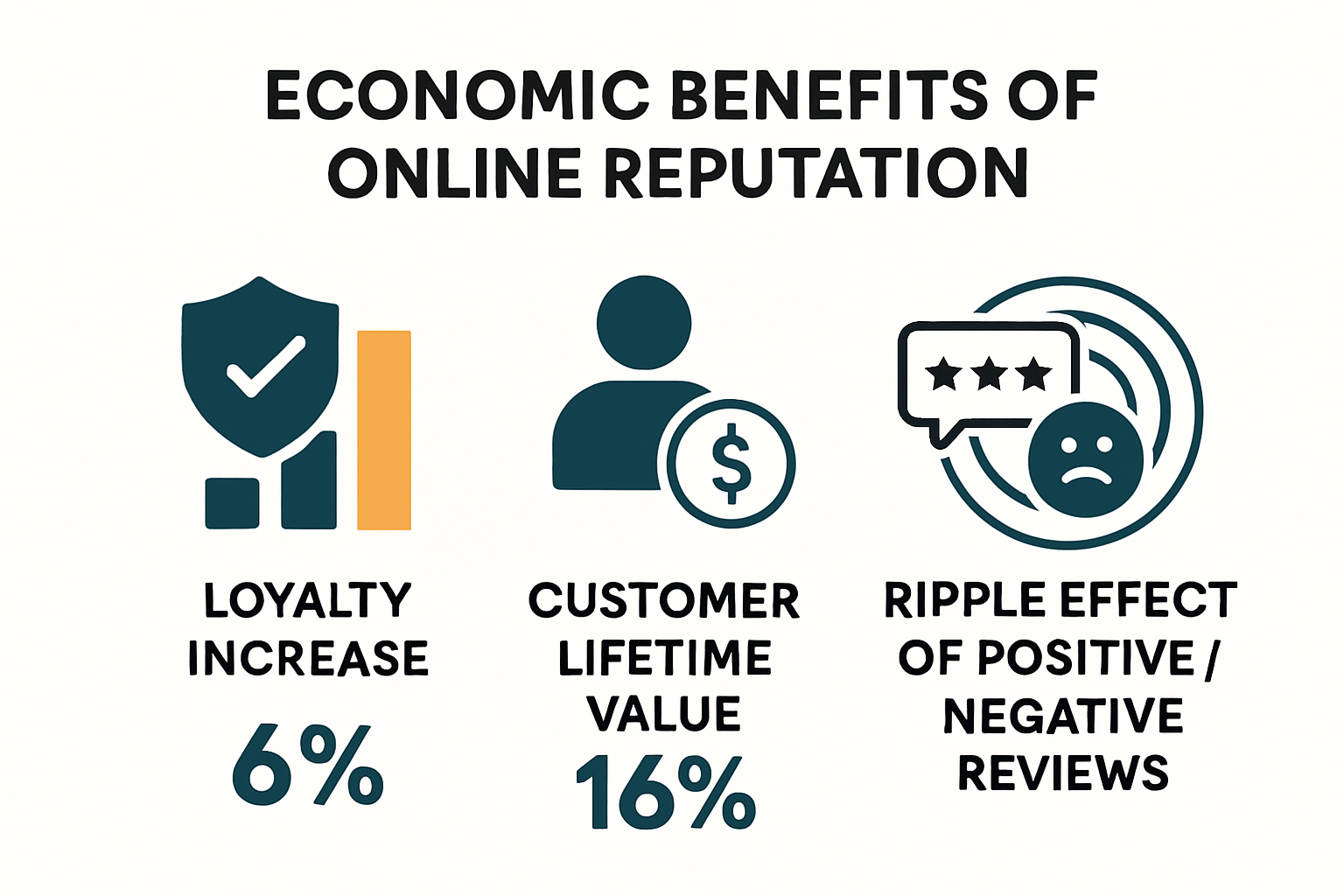
Research from the Journal of Electronic Commerce reveals that online reputation management is far more than a defensive strategy. It represents a proactive approach to building and maintaining customer relationships. Businesses that effectively manage their digital reputation can experience significant economic advantages, including improved customer loyalty and competitive positioning.
The digital landscape operates on transparency. Consumers have unprecedented access to information, reviews, and testimonials. A single negative experience shared online can ripple through digital networks, potentially damaging brand perception. Conversely, authentic, positive interactions can create powerful advocacy networks that amplify your brand’s credibility.
Strategic Reputation Management Practices
According to research published in ‘Public Trust in Business’, building trust requires more than just managing negative feedback. It demands a comprehensive approach that demonstrates brand authenticity, values, and commitment to customer experiences.
Key strategies include:
- Rapid Response: Addressing customer concerns quickly and professionally
- Transparency: Openly communicating about challenges and solutions
- Consistency: Maintaining a uniform brand message across all digital platforms
Below is a table highlighting these key reputation management practices, their purposes, and outcomes for easier reference:
| Strategy | Purpose | Expected Outcome |
|---|---|---|
| Rapid Response | Address concerns quickly and professionally | Enhanced customer trust and loyalty |
| Transparency | Openly communicate challenges/solutions | Increased credibility and authenticity |
| Consistency | Uniform message across platforms | Strong, coherent brand perception |
Learn how to strengthen your corporate reputation through strategic digital engagement.
Transforming Challenges into Opportunities
An academic study on reputation management highlights an important insight: satisfied customers become brand advocates. This means every interaction is an opportunity to not just resolve an issue, but to convert a potential detractor into a passionate supporter.
Monitoring online mentions, engaging authentically on social platforms, and demonstrating genuine commitment to customer satisfaction are crucial. Advanced tools can help track sentiment, identify potential reputation risks, and provide actionable insights for continuous improvement.
Remember that online reputation is dynamic. Regular audits, continuous learning, and adaptability are essential. Brands that view reputation management as an ongoing dialogue rather than a static process will be best positioned to build lasting trust in the digital marketplace.
Measuring and Adapting Your Brand Strategy
In the rapidly evolving digital landscape, a static brand strategy is a recipe for obsolescence. Successful brands recognize that continuous measurement, analysis, and adaptation are not just recommended practices but essential survival mechanisms. Your brand strategy must be a living, breathing entity that responds dynamically to market shifts, technological changes, and evolving consumer expectations.
Establishing Comprehensive Measurement Frameworks
Research from the conceptual framework for brand management strategies highlights the critical importance of understanding interdimensional relationships within brand elements. This means going beyond surface-level metrics to develop a holistic approach to brand performance evaluation.
Key performance indicators (KPIs) should encompass multiple dimensions:
- Engagement Metrics: Social media interactions, website traffic, content consumption
- Sentiment Analysis: Brand perception, customer feedback, online reviews
- Conversion Metrics: Lead generation, sales performance, customer retention rates
Advanced analytics tools can help track these metrics, providing real-time insights into your brand’s digital performance. The goal is not just to collect data, but to derive actionable insights that drive strategic decision-making.
Experimental Approaches to Brand Strategy Optimization
A groundbreaking study on online controlled experiments introduces a sophisticated approach to evaluating personalized brand strategies. This research emphasizes the importance of conducting structured experiments that account for the complex, dynamic nature of digital interactions.
Implement a continuous experimentation mindset by:
- Running A/B tests on different content approaches
- Analyzing user behavior across various digital touchpoints
- Creating personalized experiences based on data-driven insights
Explore our comprehensive guide to strategic brand development to refine your approach to brand measurement and adaptation.
Maintaining Brand Consistency in a Dynamic Environment
Innovative research analyzing web content consistency reveals the delicate balance between adaptation and maintaining a coherent brand identity. By examining linguistic features and content patterns across digital platforms, brands can identify and address potential inconsistencies that might dilute their core message.

Consistency doesn’t mean rigidity. It means creating a flexible framework that allows for nuanced adaptation while preserving the fundamental essence of your brand. This requires:
- Regular brand audits
- Cross-platform messaging alignment
- Continuous team training and communication
The most successful brands view measurement and adaptation as an ongoing dialogue. They remain curious, agile, and committed to understanding their audience’s evolving needs. Technology and consumer behaviors will continue to change, but brands that maintain a learning mindset will always find ways to stay relevant and compelling.
Remember, your brand strategy is not a destination but a continuous journey of discovery, refinement, and strategic evolution.
Frequently Asked Questions
What are the key components of a strong online brand identity?
A strong online brand identity consists of a clear narrative that communicates your organization’s values, a consistent brand voice and visual language, and strategic differentiation in the digital space that sets you apart from competitors.
How can I effectively build trust with my audience online?
To build trust, engage authentically on social media by responding to comments and addressing customer concerns transparently. Show the human side of your brand and encourage user-generated content to foster deeper connections.
Why is measuring brand performance important, and how can I do it?
Measuring brand performance is essential for understanding your effectiveness and refining strategies. Utilize key performance indicators (KPIs) like engagement metrics, sentiment analysis, and conversion rates to gain insights into your brand’s digital performance.
What strategies can help maintain brand consistency across different platforms?
To maintain brand consistency, regularly audit your brand messaging, align communication across platforms, and ensure continuous training for your team. Create a flexible framework that allows for adaptation while preserving your brand’s core identity.
Transform Your Online Brand Strategy Into Real Results
Is your digital brand story falling flat or struggling to connect with customers in 2025’s crowded marketplace? This article makes it clear that simply updating visuals or posting on social media is no longer enough. To truly differentiate your business, you need an approach that blends consistent brand identity, data-driven content marketing, and emotional engagement with authentic storytelling. Today’s B2B clients demand a strategy designed to solve their unique pain points like trust, audience connection, and measurable growth.
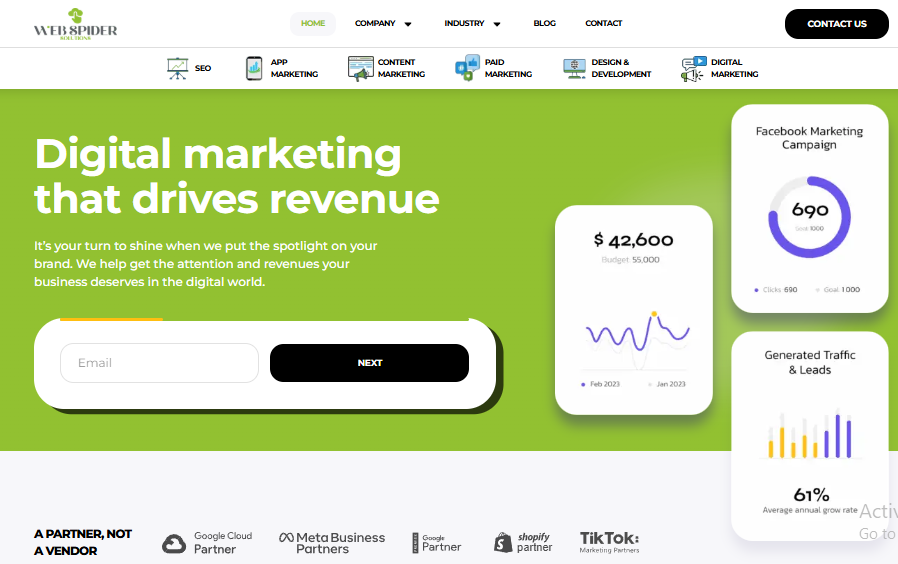
Elevate your online brand with professionals who understand what it takes to outshine the competition. Tap into proven solutions for visibility, reputation, and digital campaign optimization at Web Spider Solutions. Get started quickly by exploring our Stories Archives for inspiration and then request your free consultation today. Seize your competitive edge and align your brand for real growth this year.
Recommended








